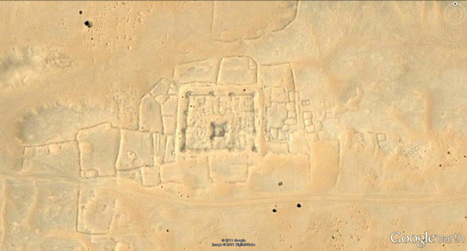The Fraunhofer Institute for Manufacturing, Engineering and Automation in Stuttgart, Germany, is developing a robot to construct a 2,270-square-mile solar farm in the Sahara. The 100-ton Industrial Parallel Kinematics device (IPAnema) is similar to the Skycam that hovers above the field at NFL games: 2,000 feet of polyethylene cable strung between four mobile towers suspend the end effector, a box with jaws built for grasping solar reflectors. IPAnema will be ready for work in 2015.
Articles about robotics: http://www.scoop.it/t/science-news?tag=robotics



 Your new post is loading...
Your new post is loading...










